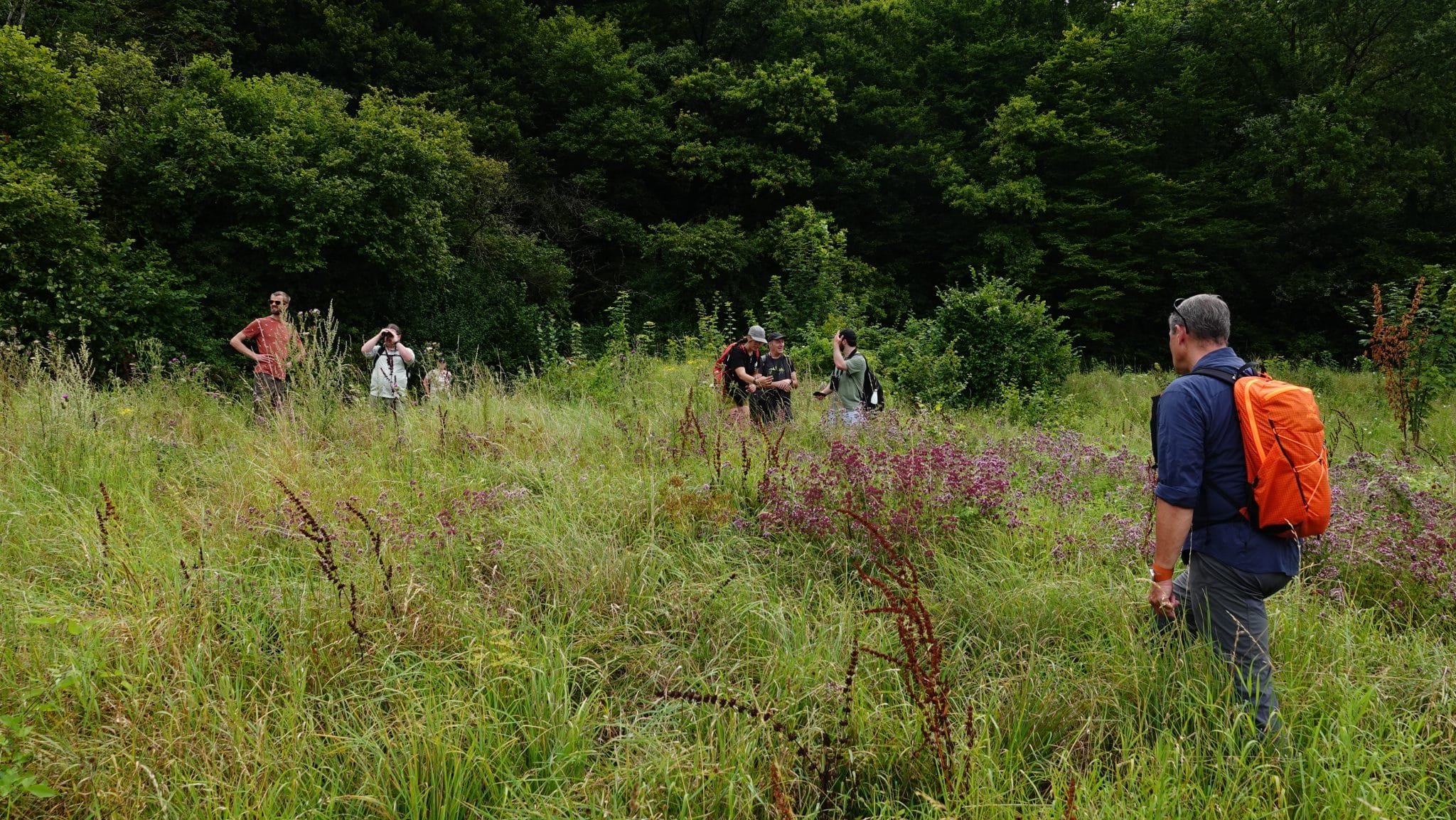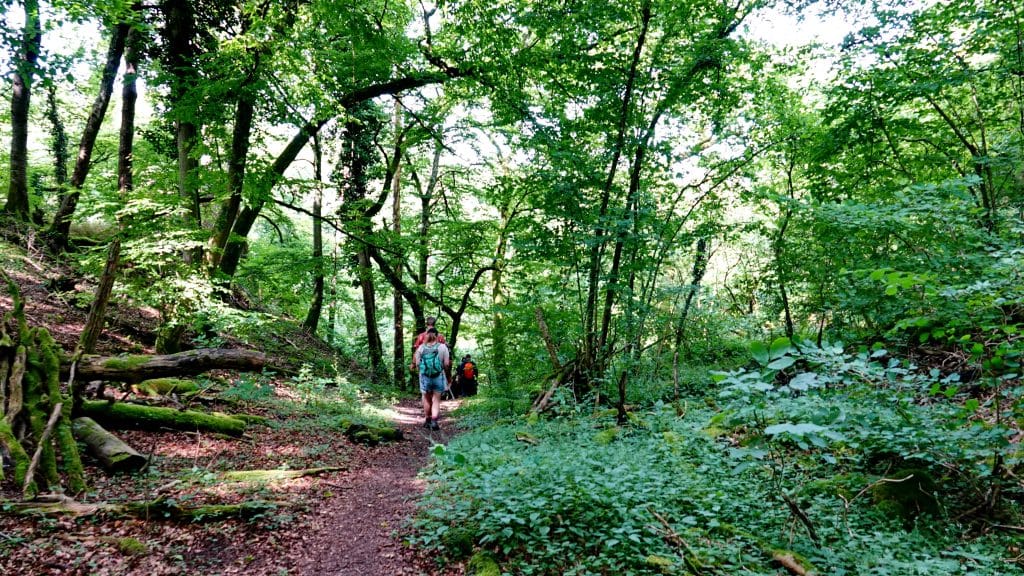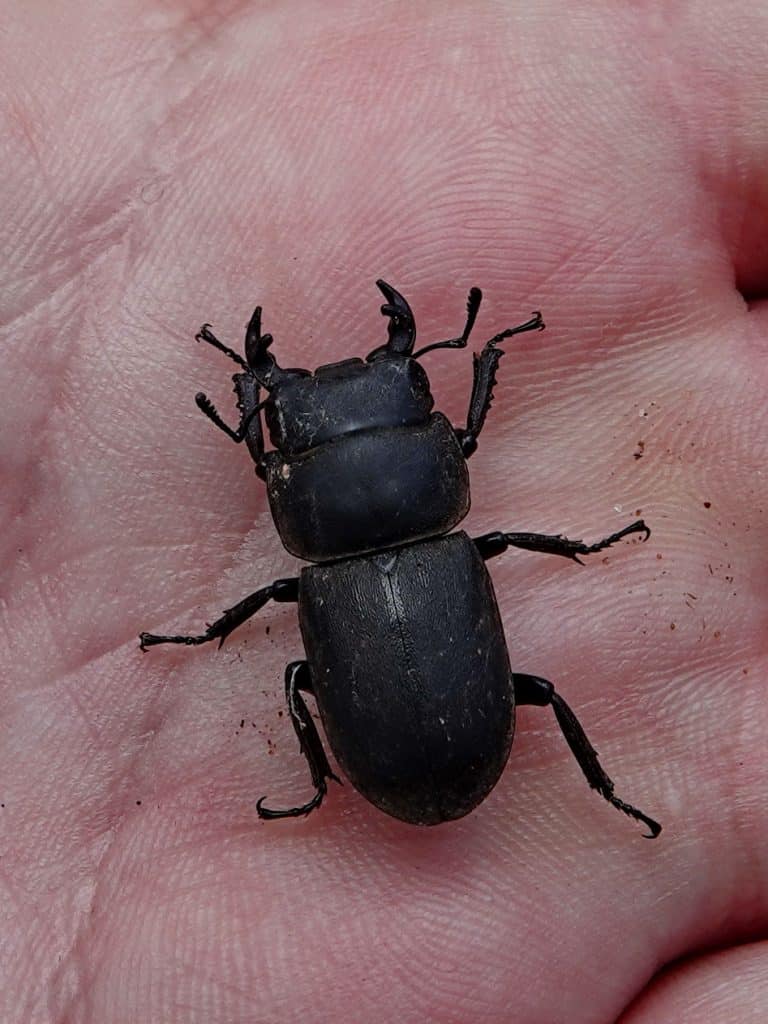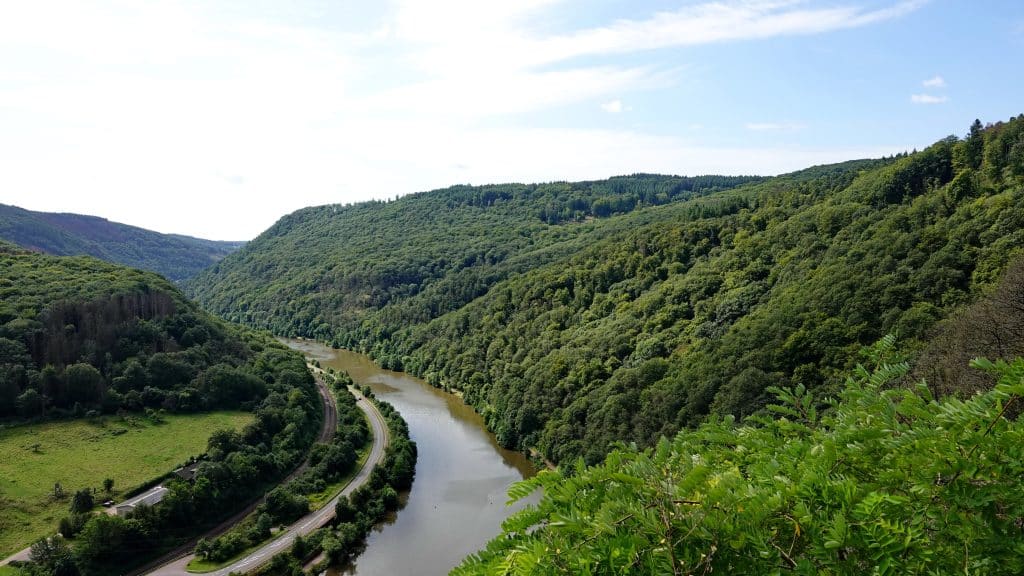In search of the Forest Caterpillar Hunter with UK Forest Research
A welcome visit from colleagues from the UK, and a joint search for the Forest Caterpillar Hunter
In 2005, the Oak Processionary Moth unexpectedly appeared near London, probably imported with oak trees from Italy. The species was previously unknown in Britain, and is considered an invasive alien species. Since then, it has taken over oak woodlands in most of Greater London and some surrounding counties. A buffer zone has been established around the area, and restrictions are in place in the rest of the island to minimise the risk of its spread.
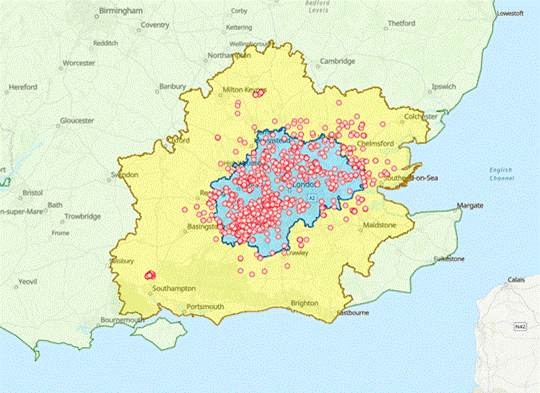
The agency that deals with forest research in Great Britain is Forest Research, and for studies on the Oak Processionary Moth this is specifically the Tree Health – Entomology team. Max Blake and his colleague Kyle Miller are focussing on natural enemies of the caterpillar in the management of the Oak Processionary Moth, and parasitic flies and of course the Forest Caterpillar Hunter play an important role in this. So they naturally ended up at the LIFE project. Experiences and ideas were exchanged, and that led to a visit by several members of the team to our project area in August of this year.
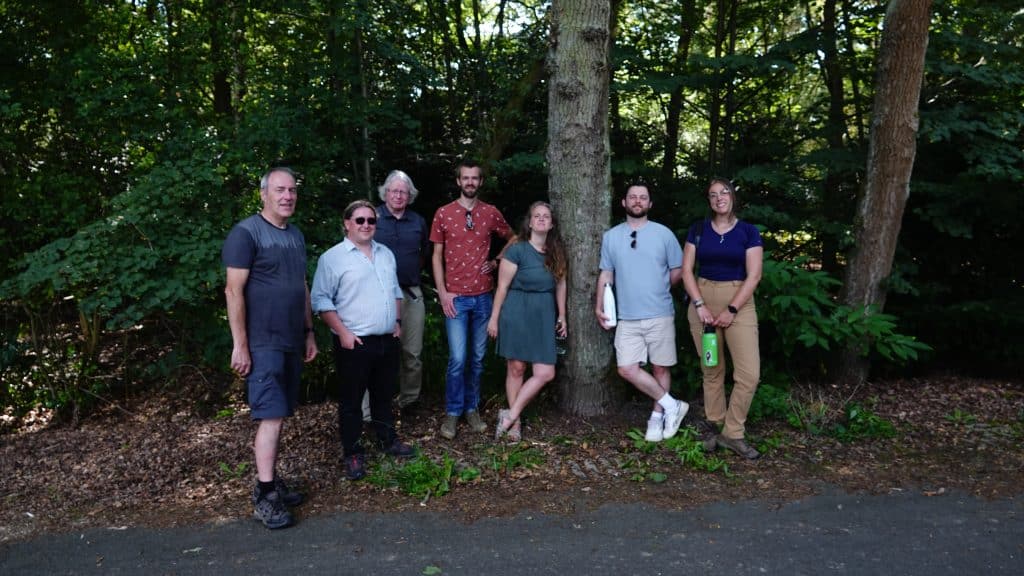
In search of the Forest Caterpillar Hunter
The Forest Caterpillar Hunter is not unknown in Great Britain. The species is sometimes found along the south-east coast, probably flown over from France. It is not clear whether it can be considered native species for the island. This does have a number of implications for a possible (re)introduction in the context of the management of the Oak Processionary Moth. The agency responsible for handling this is Forestry England, represented by Katiana Saleiko.
With the main objective of investigating whether the affected forests in Great Britain are suitable for a possible (re)introduction of the Forest Caterpillar Hunter, we visited several nearby areas where the species had been recorded several times in the recent past. Two locations were selected: the Kölliger Fells near Nittel in the Moselle valley, and the Tabener Urwald near Taben-Rodt, in the Saar valley, both in the state of Rhineland-Palatinate just across the border in Germany.
The locations differ greatly in terms of geology, orientation and plant communities, but in both locations we see well-structured mixed forests with trees of all ages, and only limited or no forest exploitation. The Tabener Urwald in particular is known for its so-called deadwood beetles – species specialized in old and dead trees – and it was clear why. Without even getting off the road we found quite a few species of beetles, including the Stag Beetle and the Small Stag Beetle. Unfortunately, no Forest Caterpillar Hunters were found there, nor were any nests of the Oak Processionary Caterpillar.
In the end Max and his colleagues were able to return home with new insights into the type of biotope that the Forest Caterpillar Hunter prefers, and with some extra beetle material from the lab to use in DNA analyses. Now we can only keep our fingers crossed that there will be a sequel and a solution to the nuisance for our neighbours across the Channel!
